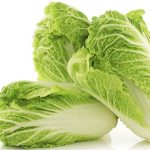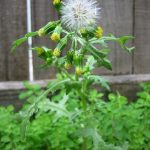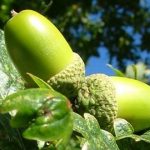Key Limes, also known as West Indian lime, bartender’s lime, Omani lime, or Mexican lime, are a citrus fruit best known as the flavouring ingredient of Key Lime Pie. The name comes from its association with Florida Keys.
As one of many types of lime, it’s known for being more bitter than other types you can get. It also has a thinner rind and a stronger smell.
So if we can eat it, can guinea pigs eat Key Limes and if so, how much can they eat?
As per usual, we’re in particularly looking at the phosphorus, fat, sugar, calcium, and oxelate acid content.
0
% Daily Value*
Total Fatt0.0 gt0 %
Saturated Fatt0 gt0 %
Trans Fatt0 g
Polyunsaturated Fatt0 g
Monounsaturated Fatt0 g
Cholesterolt0 mgt0 %
Sodiumt0 mgt0 %
Total Carbohydratet7 gt2 %
Dietary Fibert2 gt8 %
Sugarst0 g
Proteint< 1 gt0 %nVitamin Ct35 %
source
Unfortunately this is the only data that I could get with regards to key limes. We do know however that they are very similar to limes but more acidic.
However just like they also contain a very good amount of vitamin c which is fantastic for guinea pigs as it will give an added boost.
Key Limes can be given to guinea pigs, but don’t give them too much. A segment at a time should suffice, once or twice a month should suffice.
Howevever, they are also very bitter so do tread carefully when giving your piggies key limes. With that, they may not even enjoy them at all.
Can guinea pigs eat Key lime pie?
Unfortunately, it is far too sweet for guinea pigs. However they will nibble it if given it. But it is pretty bad for them.










